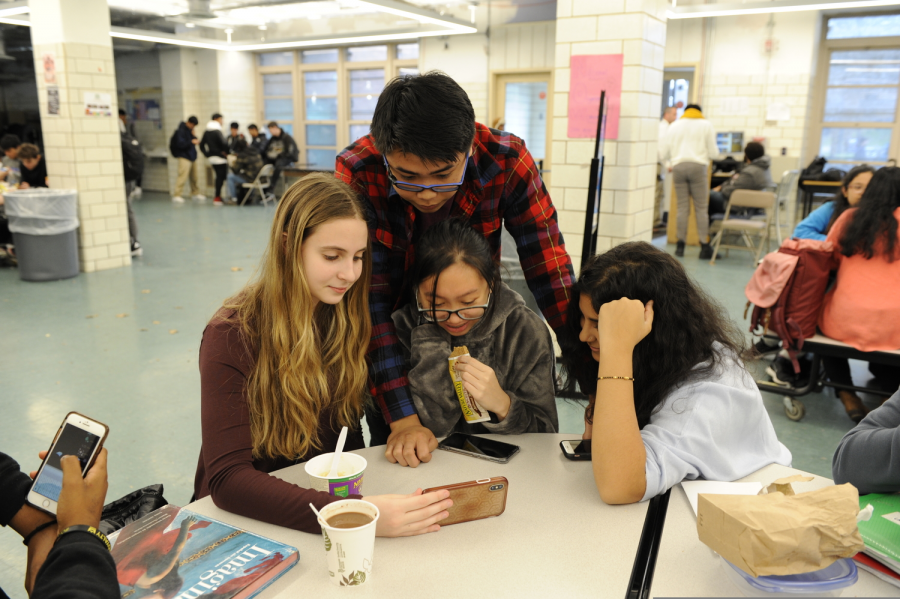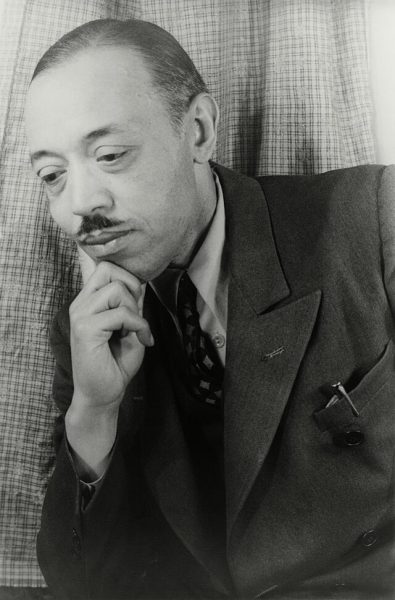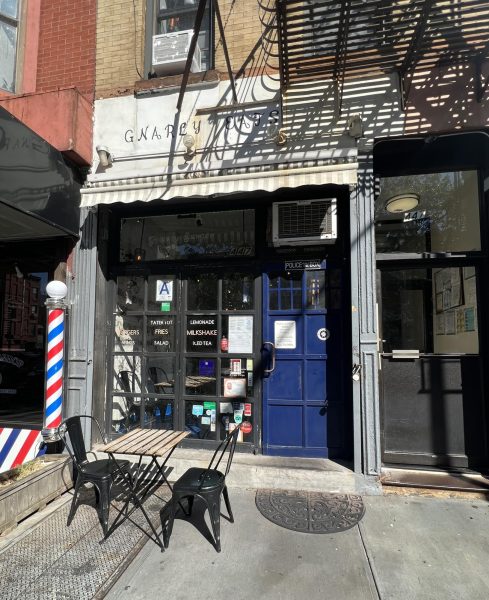TikTok Transforms the Music Industry
Students gather around the lunch table, scrolling through TikTok, a popular app among Generation Z students.
It’s eight a.m. and you hear the song that has been playing on repeat on the radio for the past week. The song was released almost a decade ago but was unheard of until now. You wonder to yourself, “Why is this song so popular, anyway?”
The answer may be the emergence of streaming services over the years which has allowed the music industry to evolve. Currently, the most popular music streaming service is Spotify, with over 100 million subscribers and 200+ million monthly active users from around the world. Other music streaming services include Apple Music, Pandora, and SoundCloud. With these streaming services, specifically Spotify, users are able to not only enjoy their favorite tunes, but also discover music of different genres and a variety of different artists.
TikTok, a new social media platform that has been gaining popularity in the past year, allows its users to share short clips that express their personality from dances to skits to lip sync videos. Users can post videos with a fifteen-second snippet of a song playing in the background. Because of the endless stream of videos, it has been attracting many users in the past year making TikTok one of the many platforms that have been changing the music industry. Recently, the company behind TikTok, ByteDance, announced an expected release of a streaming app similar to Apple Music and Spotify. With TikTok gaining in popularity with 1.5 billion downloads making it the third most downloaded app, the app poses as a potential threat to Spotify. Bytedance has stated that the app encourages “sharing and virality,” which is critical in the music industry where competition continues to rise with the overwhelming amount of popular artists.
Popular songs that have been used frequently on TikTok videos have been trending on iTunes music and even Spotify Charts. Video-sharing platforms, such as TikTok, allows users to discover more music and artists around the country. The song ‘Obsessed’ by Mariah Carey, was released in 2009 and wasn’t a big hit at the time, but TikTok gave it new life as millions of users choreographed a dance to the song. The re-popularization of that song began in July of 2019, when a user named Reesehardy7, uploaded a dance of her take on this trendy tune. As users continue to recreate dance covers, TikTok has proven the favorable effects video-sharing apps have on the success of many songs and the growth of many small artists, some of which include DaBaby, Ant Saunders, Lizzo, and more.
Triller, an app similar to TikTok founded in 2015, has recently gained investments from well-known pop artists, including Snoop Dogg, The Weekend, Marshmello, Lil Wayne, and Kendrick Lamar. This strategic investment has secured more than $10 million from these high profile artists. Triller CEO Mike Lu stated [Music Business Worldwide], “We are truly putting the music business back together, and artists recognize the importance of Triller to the future of the industry.” On top of this, Triller had announced a groundbreaking partnership with licensing firms such as Sony Music Entertainment and Universal Music Group. These major advancements for Triller are only from its consumers. Because of the app’s popularity among people of all ages around the world, on average, users spend twenty minutes on the app. Meanwhile, video creators spend well over an hour a day to gain views and followers.
While both TikTok and Triller are now the hottest trends on social media, they play a pivotal role in shaping the music industry with its heavy influence from celebrities and everyday users. As the field of technology continues to advance, the question must be asked: how will the trend of video-sharing evolve in the foreseeable future?
“We are truly putting the music business back together, and artists recognize the importance of Triller to the future of the industry,” said Triller CEO Mike Lu.
Suzie Yu is a Online Newspaper Editor for the ‘Science Survey’ and an Athletics Section Reporter for ‘The Observatory.’ She finds journalistic...
Lola Murti is a Chief Graphic Designer for ‘The Observatory’ yearbook. She likes journalistic writing because it provides an opportunity to help share...











